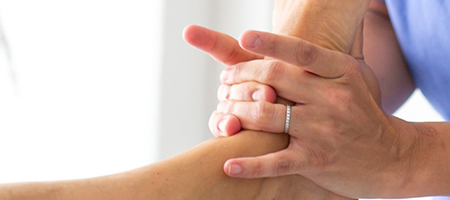Antenatal and Postnatal Care in a Paternalistic Healthcare Environment
by Bernadette Connolly – Streatham Osteopaths
Even now in 2017 there is still a significant struggle for the idea of gender equality in the UK. Our country being one of the worst for the gender pay gap (The Guardian, May 2016), our government having less female MP’s than Rwanda (The Telegraph, October 2016) and the continued employment issues caused by maternity discrimination (The Telegraph, March 2016). Employment isn’t the only issue that surrounds childbearing as I have learned through discussion with various female patients. The processes of pregnancy and labour appear to have been dismissed in the struggle for equality, making the man-flu seem like a far worse fate than pushing a 7lb entity through a brutally stretched (and often torn) flesh tube. The equality drive then expects women to recover from this ‘ordinary’ task without complaint.
My personal opinion (and professional one) perceives labour as a traumatic experience – both mentally and physically, but on searching for trauma in labour I am met purely with complications during labour.
By listening to patients I have learned that in both complicated and straight forward labours, the UK is very slow to offer rehabilitation, in some cases forgetting to and putting their future pregnancies at risk.
The reason I have chosen this topic is simple: post partum depression (PPD).
Contrary to what is commonly believed PPD isn’t just ‘baby blues’ or a simple state of mind following labour. With consideration of current maternity services I aim to discuss areas which are often overlooked and may contribute to this condition.
Magnificence in motherhood
Having studied obstetrics, the process of labour is fascinating; increasingly frequent uterine contractions, the cervical dilation to 10 cm, the drastic changes in hormones, the loosened ligaments to allow movement of the pelvic girdle bones, and the manner in which the body instructs the mother to focus and push down through the pain.
The female body is often portrayed aesthetically with the understanding of female physiological processes neglected. For example this article discusses how the natural process of menstruation is seen as ‘icky’ or dirty rather than understanding the reason for it occurring.
Labour isn’t that different. Conception is often thrust (pardon the pun) in to daily advertisements and media yet the delivery of a child is not shown in such a favourable light. Further to this, processes and reasoning for the antenatal instructions are often left out. Various midwives met during the preparation, making it harder for women to build relationships for intrapartum care (Nolan et al, 2010). This can make communication about concerns less comfortable for the mother. Respectably, the spontaneous onset of labour cannot rely on one midwife to be available but the preparation could be more consistent. Cheyne et al (2007) found that first time mothers didn’t know what to expect in early labour. This uncertainty caused higher levels of anxiety during this phase as they were unsure when to go to hospital. According to Levett et al (2015):
Some women were very afraid of labour and wanted some techniques to reduce their fear. They were fearful of: pain, the unknown, complications, loss of control, tearing, forceps, episiotomy, etc. They wanted an alternative to medical management and felt that neither antenatal classes nor the system offered this.
Kulkarni et al (2014) noted that pregnancy related anxiety could increase the mother’s susceptibility to pain, potentially making the process itself more traumatic than if the mother was given options for pain control and birthing methods.
As a mother I am aware of how little choice is given in the UK, as well as the National Health service (NHS) antenatal classes focusing on Lamaze breathing techniques, available drug options (no mention of hypnosis, home birth or birthing pools) and postnatal child care. This limits the knowledge of other methods of pain management during labour, limiting choice and increasing the potential for a traumatic experience.
A study in Sydney Australia found that by offering complementary medicine techniques for labour, women and their partners were given a sense of control and empowerment also allowing the partners to feel involved in the preparation (Levett et al, 2015).
Post Partum Depression
Postnatal/post partum depression (PPD) is being studied in more detail in recent years though is still rarely reported by women (and men) who are affected by it. The NHS site has varying figures on PPD, stating 10 – 30% of new mothers experience the condition.
While we have looked at factors in the preparation stages which can increase both the stress and pain levels throughout the pregnancy, the trauma of labour and post natal complaints can also be affecting factors towards this condition.
Some studies suggest possible links between physical postnatal health problems and PPD. Woolhouse et al (2014) states:
Exhaustion, severe headaches and pelvic pain were associated with greater than three-fold increase in odds of concurrent depressive symptoms at three months post partum, and greater than two-fold increases in odds of subsequent depressive symptoms at 6–12 months post partum. Other physical health problems associated with significantly raised odds of depressive symptoms at three months post partum were upper or lower back pain, breast problems, frequent coughs and colds, caesarean section wound pain and constipation. Other physical health problems associated with significantly raised odds of depressive symptoms at 6–12 months post partum were upper or lower back pain, constipation, haemorrhoids, and frequent coughs and colds.
On inspection the only postnatal rehabilitation centres I can see are available in private clinics, indicating this doesn’t exist specifically on the NHS (feel free to correct this!). However a six week post natal check up is advised and 17 Mother and Baby Units are available for mothers experiencing severe mental health issues across the UK (with beds ranging from 4 to 12 per unit). According to the NHS post natal check up page, some General Practitioners (GPs) don’t even offer the 6 week postnatal check up.
This could mean that women experiencing the beautiful yet overwhelming changes from producing a child, will have a better chance of finding support to recover (physically and mentally if not showing/reporting severe mental health issues) in private clinics more so than via NHS services.
Approximately 42% of new mothers with PPD report it. The remaining 58% don’t due to a lack of understanding of the condition and fear of the consequences.
I have previously been informed that NHS GPs are prohibited from recommending private therapies or services, I have no direct reference for this as of yet but Chapter 7, paragraph 9.2 of General Practice Law states:
There is no limit on the type of enhanced services that a commissioner and a GP practice can agree to be provided to NHS patients, provided that the service can properly be considered to be part of the health service. The terms fall to be agreed between the commissioner and the provider.
Further to this in chapter 9, paragraph 8.1 section b) ii):
The automatic termination of a General medical services (GMS) General Practitioner (GP) contract does not apply if a sole GP is suspended by the General Medical Council (GMC). However during the period of suspension the GP is obviously unable to deliver services to NHS patients. The GMS contract gives NHS England an option to terminate the contract in 2 circumstances, namely the Board is satisfied that the circumstances of the suspension are such that if the Contract is not terminated forthwith the Board is at risk of material financial loss.
While neither of these specify prohibition of referral to non-NHS practices it does suggest there are indeed limitations on which services GPs are allowed to recommend.
There is a call for more mother and baby units across the UK, in response a statement has been made to confirm the addition of four more. This is an improvement but is only covering the more severe psychological aspects.
Conclusion
Although we have come a long way with maternity care in the UK, the NHS is showing holes which if filled could benefit both practitioners and parents alike. Pregnancy is a massive overhaul on the body as well as the added trauma of childbirth. More consideration and support should be given to preparation and rehabilitation of new mothers, regardless of the circumstances as the process cannot continue to be viewed as an ‘ordinary’ event where women are too afraid to discuss mental or physical concerns.
Respectably, it is common knowledge that our GPs are already under a huge amount of pressure given the demand for primary care services and failed promise of Jeremy Hunt to bring in more GPs, but if the NHS board allowed more integration with private services or expanded the current services (obviously not destroying the already fragile budget) this could in theory lessen the load while improving the choices for patients.
Educating expecting families on options for parturition as well as post natal rehabilitation (both mentally and physically) could really benefit those who do experience PPD, with the potential of lessening its prevalence overall.
References:
- Cheyne, Helen et al. “‘Should I Come In Now?’: A Study Of Women’s Early Labour Experiences”. British Journal of Midwifery15.10 (2007): 604-609. Web.
- Kulkarni, Sandeep, and Sean Tjunan Sia. “Hazards Of Labour Pain And The Role Of Non-Neuraxial Labour Analgesia”. Trends in Anaesthesia and Critical Care 4.4 (2014): 109-114. Web.
- Levett, Kate et al. “The Complete Birth Study: Complementary Therapies For Labour And Birth: Can We Reduce Epidural Rates In First Time Mothers?”. Women and Birth 28 (2015): S27. Web.
- Nolan, Mary, and Julie Smith. “Women’s Experiences Of Following Advice To Stay At Home In Early Labour”. British Journal of Midwifery 18.5 (2010): 286-291. Web.
- Woolhouse, Hannah et al. “Physical Health After Childbirth And Maternal Depression In The First 12 Months Post Partum: Results Of An Australian Nulliparous Pregnancy Cohort Study”. Midwifery 30.3 (2014): 378-384. Web.

